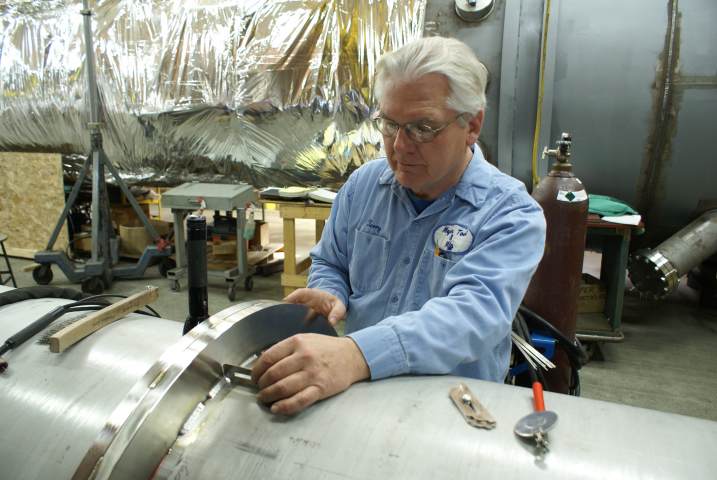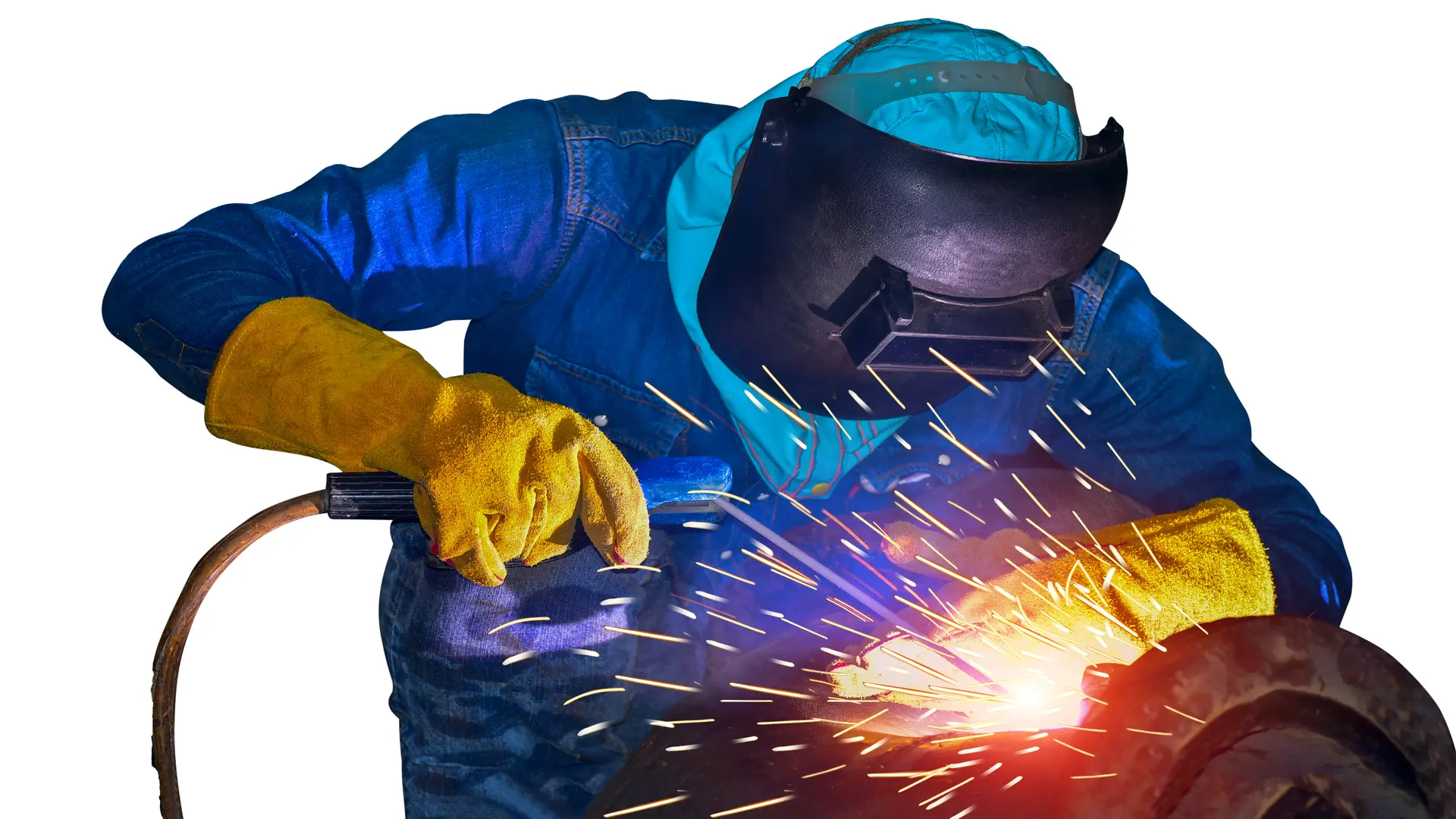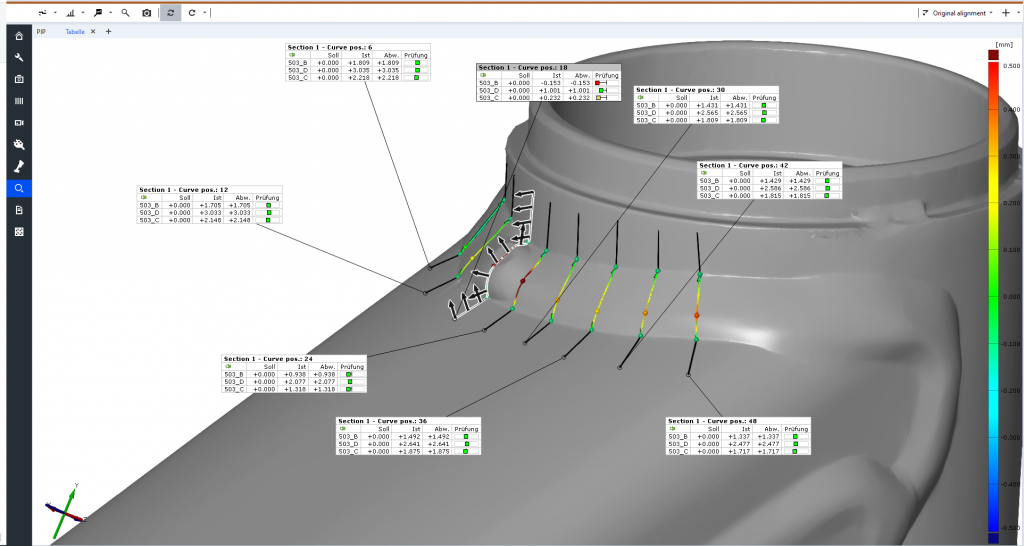A Comprehensive Guide to Recognizing Exactly How Welding Evaluation Works: Techniques, Requirements, and Ideal Practices for Quality Control in Metal Fabrication
Understanding the intricacies of welding inspection is essential for preserving the honesty of steel construction. Numerous techniques, such as visual and ultrasonic screening, play a pivotal duty in determining prospective imperfections, while adherence to developed standards makes sure conformity and longevity. Applying finest techniques can dramatically improve high quality assurance measures. However, the landscape of welding assessment is not without its obstacles. What problems develop in the field, and how can these be efficiently mitigated? Exploring these aspects reveals the depth of this important discipline.
Importance of Welding Inspection
Although welding is an essential procedure in different markets, its honesty directly affects the safety and efficiency of components and structures. Reliable welding assessment is vital for identifying problems that might compromise the quality and durability of bonded joints. This procedure makes sure adherence to established specs and criteria, which are crucial for keeping structural stability and operational integrity.
Welding assessment serves several functions, including verifying that the welding procedure has actually been implemented properly, examining the quality of materials made use of, and confirming that the ended up item fulfills governing and market standards (Houston Welding Inspection). With rigorous evaluation, prospective concerns such as porosity, fractures, and insufficient blend can be detected early, mitigating and avoiding pricey repair services safety and security risks
Additionally, regular welding evaluations foster self-confidence amongst stakeholders, including engineers, customers, and regulative bodies, by demonstrating a dedication to quality control. The value of welding inspection can not be overemphasized; it is integral not just for conformity with legal needs yet also for boosting the total performance of bonded structures. Eventually, a robust welding inspection program is an aggressive procedure that safeguards against failures, making sure the durability and dependability of welded parts in their desired applications.
Common Welding Inspection Techniques

Visual inspection is the very first line of protection, enabling examiners to recognize surface area defects such as fractures, damages, or insufficient fusion. Radiographic testing uses X-rays or gamma rays to expose interior problems, making it optimal for complex welds. Ultrasonic testing employs high-frequency acoustic waves to detect subsurface flaws, offering precise measurements of weld honesty.
Magnetic fragment testing is effective for ferromagnetic materials, highlighting surface area and near-surface stoppages when particles are applied to a magnetic field. On the other hand, dye penetrant screening utilizes a fluid color to reveal surface-breaking issues, guaranteeing that even the tiniest problems are found.
Each strategy has its limitations and toughness, typically necessitating a combination of approaches for extensive analysis - Houston Welding Inspection. By using these inspection methods, quality control in metal fabrication is achieved, making certain that welded frameworks fulfill safety and efficiency standards
Market Criteria for Welding


The American Welding Culture (AWS) and the American National Specification Institute (ANSI) are 2 popular companies that establish welding standards. AWS D1.1, as an example, describes the needs for welding steel frameworks, while AWS D1.2 concentrates on light weight aluminum. Globally, the ISO 3834 typical addresses high quality demands for fusion welding, giving a structure relevant across national borders.

Best Practices for Quality Control
Quality guarantee in welding is vital to accomplishing secure and resilient constructions. Developing an extensive quality management system (QMS) customized to the particular welding job is crucial.
Routine training and qualification of welding personnel are essential for keeping a competent workforce. Continuous education and learning on the current welding methods and modern technologies makes sure that examiners and welders are well-informed regarding present requirements and methods.
In addition, performing Resources pre-weld inspections to evaluate materials and tools can stop flaws before they happen. Houston Welding Inspection. During the welding process, real-time surveillance and documents of welding criteria aid identify inconsistencies quickly. Post-weld evaluations need to entail detailed exams making use of non-destructive screening (NDT) approaches to make certain the stability of the welds
Moreover, preserving clear interaction amongst group participants promotes a culture of high quality. Regular audits and evaluations of the welding process help recognize areas for enhancement. By adhering to these ideal methods, companies can achieve ideal quality control, ultimately causing improved safety and security and performance in metal manufacture tasks.
Difficulties in Welding Examination
Although welding assessment is vital for guaranteeing structural stability, it presents a range of obstacles that can make complex the analysis process. One substantial obstacle is the variability in welding techniques and materials utilized, which can impact the uniformity of weld top quality. Various welders may use differing approaches, causing discrepancies that inspectors demand to recognize and evaluate.
An additional difficulty includes the discovery of defects. Non-destructive testing (NDT) techniques, such as ultrasonic and radiographic testing, can be complex and require knowledgeable professionals to interpret outcomes precisely. False positives or negatives can occur, potentially causing pricey rework or endangered safety.
Additionally, the visibility of environmental variables, such as temperature level and moisture, can affect the honesty of welds and the efficiency of examination strategies. Examiners have to also navigate the regulative landscape, ensuring conformity with industry requirements, which can differ by jurisdiction and application.
Conclusion
Finally, welding assessment plays a vital duty in guaranteeing the check over here honesty and safety and security of steel fabrication. Utilizing a variety of inspection strategies, sticking to well established market standards, and executing effective high quality monitoring techniques collectively improve the dependability of bonded frameworks. Despite the challenges dealt with in the evaluation process, a dedication to continual improvement and adherence to best methods can dramatically reinforce the quality assurance framework, cultivating better confidence amongst stakeholders in the welding industry.
Effective welding inspection is important for recognizing defects that might compromise the quality and toughness of welded joints.Furthermore, regular welding evaluations foster self-confidence amongst stakeholders, consisting of engineers, clients, and governing bodies, by showing a dedication to quality guarantee.The American Welding Culture (AWS) and the American National Criteria Institute (ANSI) are two prominent visit here companies that establish welding criteria. Throughout the welding process, real-time tracking and documentation of welding parameters aid recognize variances promptly. Despite the obstacles faced in the assessment procedure, a dedication to continuous enhancement and adherence to best methods can dramatically bolster the high quality assurance framework, fostering better confidence amongst stakeholders in the welding market.
Comments on “Specialist Houston Welding Inspection to Fulfill Market Regulations”